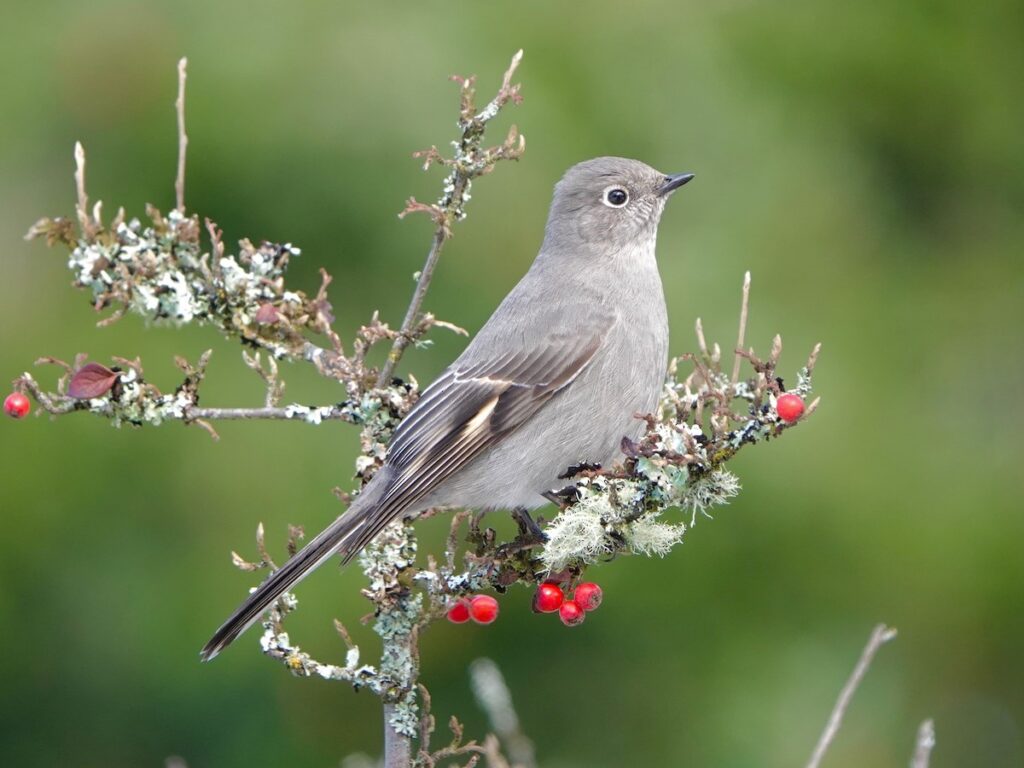Bumblee and Monkshood
Penelope Thornton
July 29, 2025
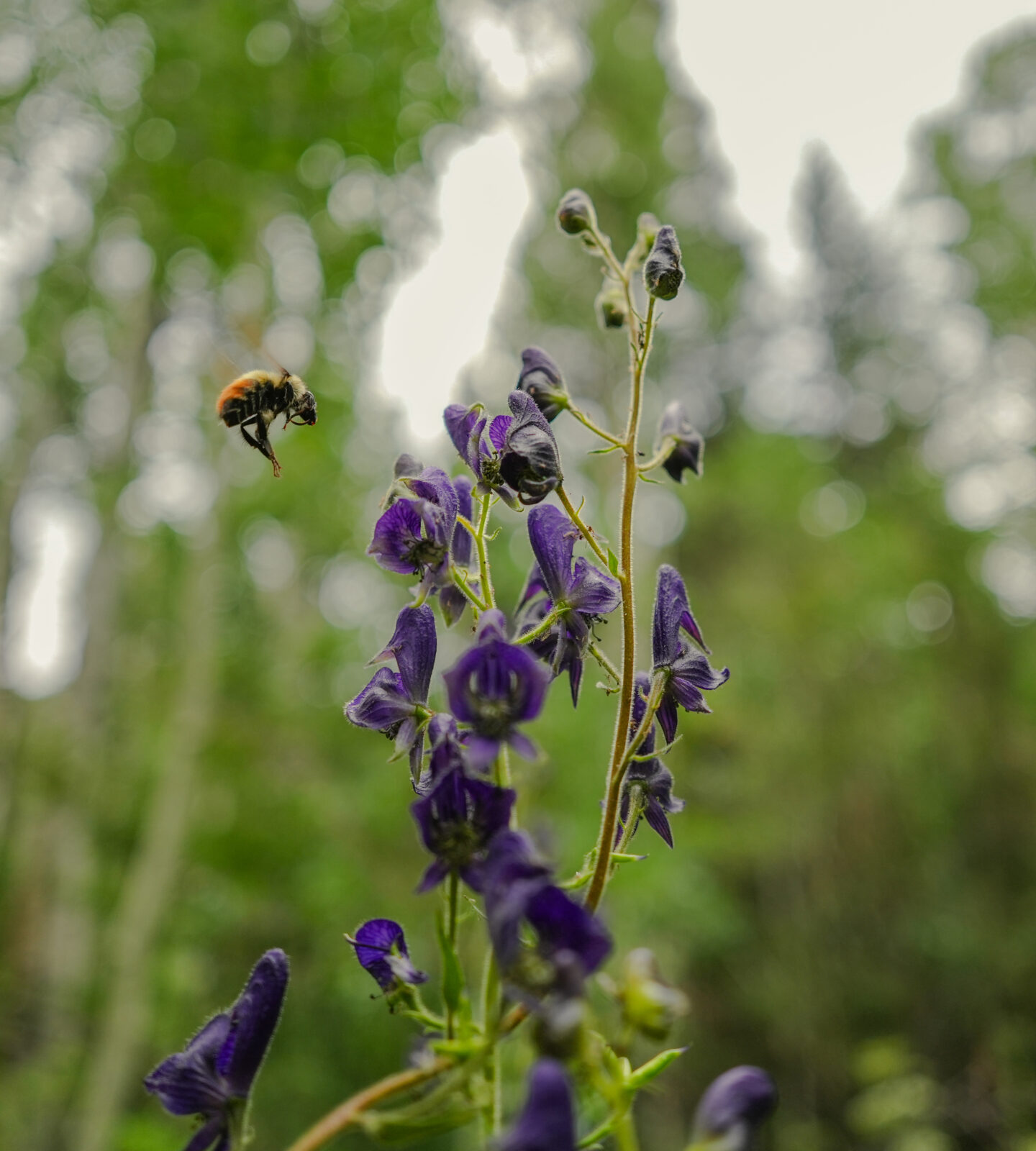
July 24, 2025
Monkshood flowers (Aconitum columbianum), with their distinctive hooded shape, are specifically adapted for pollination by long-tongued bumble bees (in this case it is the Central Bumblebee, Bombus centralis). These bees are strong enough to access the nectar and pollen hidden within the flower and are unaffected by the poisonous alkaloids released by the flower that are present in the pollen because of their efficiency.
The flower’s design plays a big role in this relationship. The curved upper part of the bloom acts like a helmet, guiding the bee into position so that it brushes against the plant’s reproductive parts while feeding, and ultimately spreads pollen from flower to flower. The deep placement of nectar means only the most capable bees with the right anatomy get rewarded with nectar. Some short-tongued bees will even try to bite through the side of the flower to “steal” nectar without pollinating it.
Monkshood flowers go through male and female phases. When in the male phase, they produce more nectar and a stronger scent to attract pollinators, which boosts their chances of successful pollen transfer before the female phase begins.
All parts of Monkshood contain toxic alkaloids which made the plant useful historically as a poison for hunting and warfare. Different cultures around the world used Aconitum species on arrow tips or in small, diluted amounts as a pain reliever and fever reducer. The name “aconite” refers to the dried root, which was used in traditional medicine, however, even touching the root or plant with broken skin could be harmful or cause death.
Monkshood is a plant that exemplifies careful balance, as it is a plant that thrives through a relationship with just the right pollinators and should be admired by us humans from a distance.
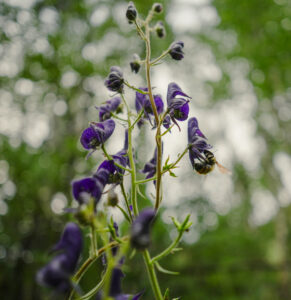
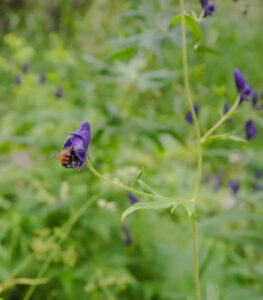
Resources:
https://www.nature.com/
https://myadlm.org/science-
Related Content

ACES Morning Birding at Hallam Lake 10/21/25
Learn More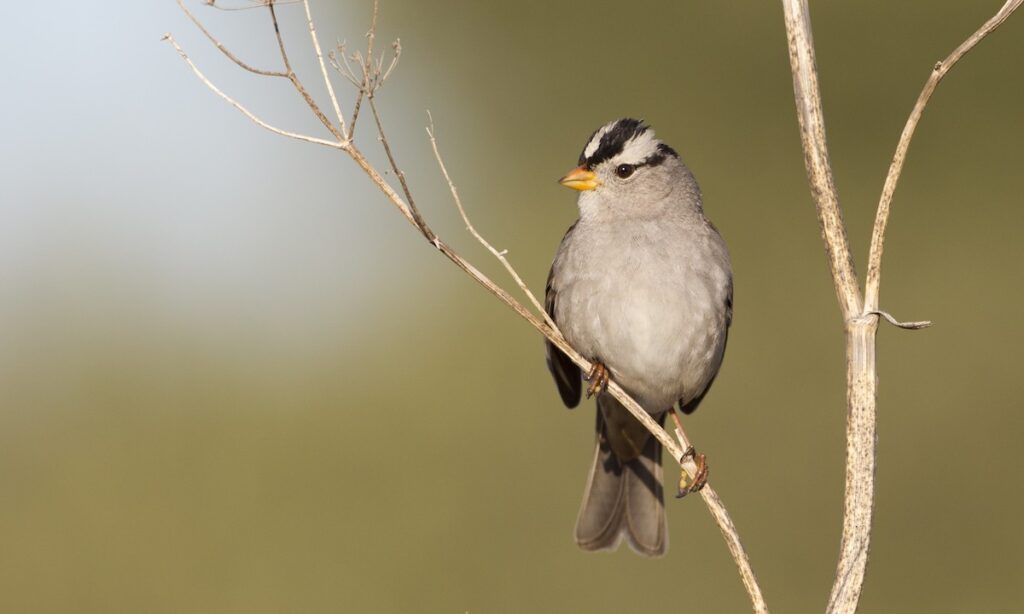
ACES Morning Birding at Rock Bottom Ranch 10/14/25
Learn More